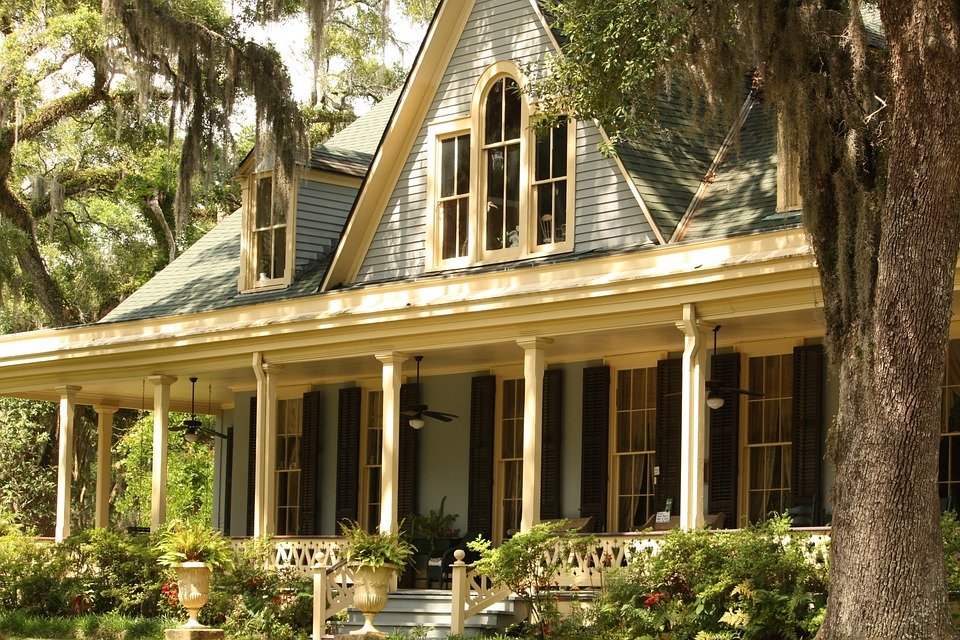[ad_1]
When the music of interest rates begins to play, the property markets start to dance. Interest rates have a profound impact on the real estate sector, influencing everything from mortgage borrowing costs to housing affordability and property prices. Understanding how property markets respond when interest rates move can help both buyers and sellers navigate the ever-changing landscape.
The primary tool used by central banks to control interest rates is monetary policy. By adjusting interest rates, central banks aim to influence borrowing and spending behaviors in the economy. When interest rates are low, borrowing becomes cheaper, increasing demand for mortgages and loans. Conversely, when rates are high, borrowing costs rise, making it more challenging for buyers to secure financing.
Property markets typically respond in three key ways when interest rates change: mortgage affordability, investment decisions, and housing demand.
Firstly, mortgage affordability heavily depends on interest rates. Lower interest rates make monthly mortgage payments more manageable, allowing buyers to purchase more expensive properties. This leads to increased demand and can drive property prices higher. Conversely, when interest rates rise, mortgage payments become costlier, reducing affordability and potentially dampening housing demand.
Secondly, interest rates have a substantial influence on investment decisions in the property market. When rates are low, investors may shift their focus from lower-yielding investments like bonds to higher-yielding assets such as real estate. This increased demand from investors can drive property prices up and create a seller’s market. Conversely, rising interest rates may cause investors to reconsider investing in real estate, potentially leading to a decrease in demand and a buyer’s market.
Lastly, interest rates impact overall housing demand. When rates are low, the cost of borrowing decreases, prompting more individuals to enter the property market. This typically leads to increased competition for available properties and can create a seller’s market. However, when interest rates rise, borrowing becomes more expensive, reducing the number of potential buyers and potentially shifting the market towards a buyer’s market.
It’s essential to note that interest rates are not the only factor influencing property markets. Other factors, such as economic conditions, housing supply, and government policies, also play significant roles. However, interest rates act as a catalyst, amplifying or dampening the effects of these other factors.
To illustrate these dynamics, let’s consider a scenario where interest rates are lowered by the central bank. As borrowing costs decrease, more individuals can afford mortgages, resulting in increased demand for housing. This increased demand can push property prices higher as competition among buyers intensifies. Additionally, lower interest rates may encourage investors to allocate more capital towards real estate, further fueling the rise in prices.
Conversely, when interest rates increase, the cost of borrowing rises. This can lead to reduced affordability and a slower housing demand. Sellers may face challenges in finding buyers, and property prices may stagnate or even decline. On the investment side, rising interest rates may prompt investors to seek higher returns in other markets, diverting capital away from real estate and potentially causing property prices to decrease.
In conclusion, interest rates have a significant impact on property markets. The dance between interest rates and real estate sees mortgage affordability, investment decisions, and housing demand all responding to changes in rates. Understanding these dynamics can assist buyers and sellers in making informed decisions and navigating the ever-changing landscape of property markets.
[ad_2]




